Published

Tage Borg
Chief Technology Officer at Scrive
In the first half of 2021, criminals stole a total of £753.9 million through fraud, which represents a 30% increase compared to H1 2020. see more
- 01:00 am
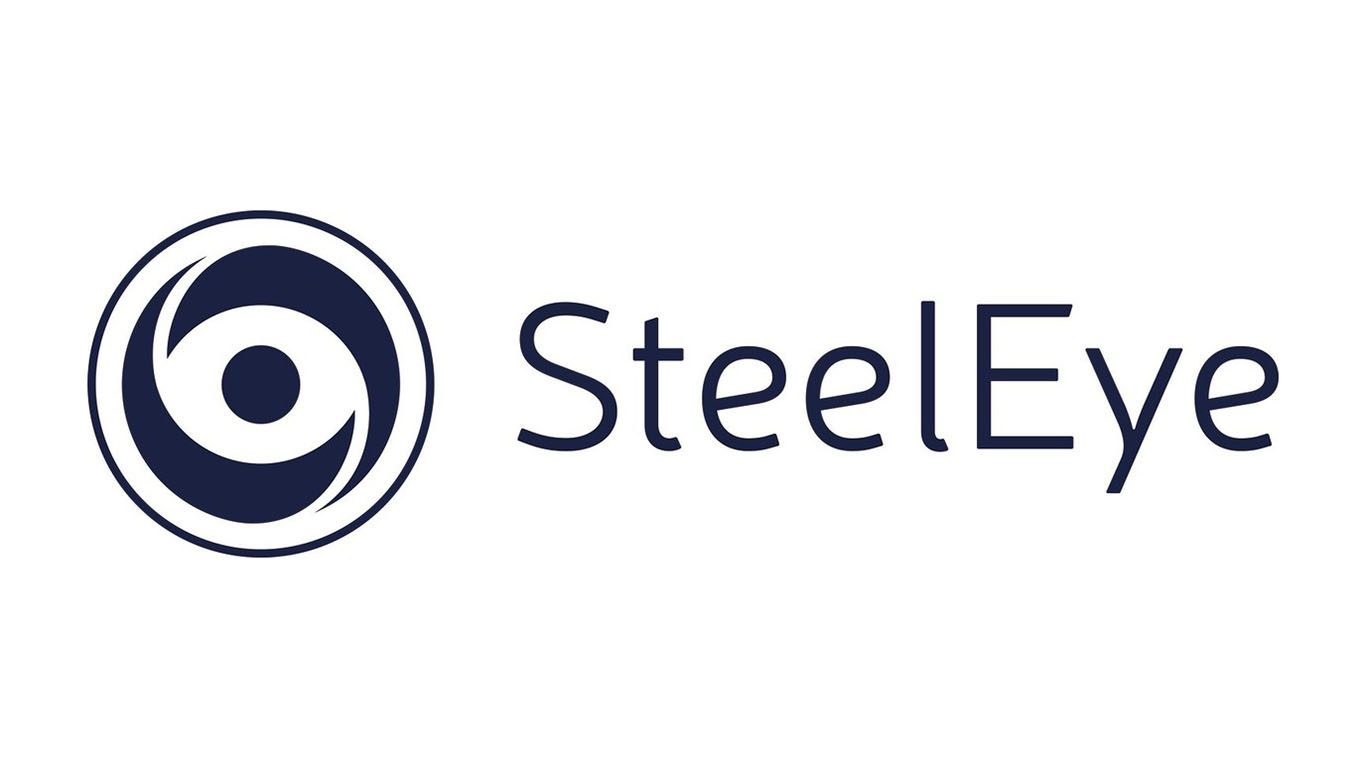
The resilience of the financial markets was truly put to the test in 2022 as many of the risks outlined at the outset of the year were realized. Inflation fears were validated – expected to reach 8.8% by the end of 2022. The crypto market sustained huge blows after the collapse of one of its leading players. The UK Government saw three different prime ministers. The devastation of the Russia-Ukraine war rippled through Europe, triggering widespread supply chain issues and driving up energy prices.
In the finance industry, Wall Street was hit with fines amounting to $2 billion for use of off-channel communications channels in a regulatory clampdown by the SEC that is set to continue. The industry faces mounting market and commercial pressure – which can in turn, put undue pressure on the compliance function.
Below, compliance technology and data analytics firm SteelEye sets out its prediction for the year ahead and offers advice to firms on how to handle these impending challenges.
Prediction 1: Regulators pile on the pressure
Regulators worldwide were notably more assertive in 2022. FCA fines for the year so far have reached £59,574,925 and, in the United States, the SEC filed 760 enforcement actions, up 9% from 2021. This amounts to an eye-watering $6.4 billion – an all-time record – far surpassing 2021’s $3.9 billion in fines.
While Gurbir S. Grewal, Director of the Division of Enforcement at the SEC, said that they “don’t expect to break these records and set new ones each year because we expect behaviours to change,” we anticipate that 2023 will be another enforcement-focused year both in the UK and the US.
At a recent conference, a senior rules maker from the FCA said, “fines are very powerful agents of change and a key focus” and “no stone will be left unturned.” This combined with the SEC’s powerful stance on enforcement action, signals a clear drive on both sides of the pond to crack down on financial misconduct and market manipulation.
With regulators using powerful data analytics tools to identify malpractice more accurately among the companies they regulate, more firms are at risk of scrutiny. Investing in technology is key for firms to ensure they can identify risks before the regulator comes knocking. As such, we expect many players will up-skill and up-tool in 2023.
Those that think that this is a concern for the future must remember that regulators have the power to act on historic breaches. Just this year, Citi was fined £12.5 million for failures that took place between 2016 and 2018. Not moving now could lead to fines in years to come.
Another area we expect more regulatory action around is market manipulation on social media. With numerous examples of what we call ‘modern’ market manipulation using digital platforms, such as Elon Musk’s numerous share price influencing Twitter updates, we expect stricter regulatory attention around social media in 2023.
Prediction 2: The communications crackdown will continue
In 2022, Wall Street giants were fined billions of dollars for failures to control and monitor communications taking place on unauthorized communications channels. WhatsApp and other digital platforms have dominated headlines over the last 12 months as regulators have cracked down on communications compliance.
We expect this reckoning will continue into 2023, as data from earlier in the year indicates that just 15% of firms are currently monitoring WhatsApp. In fact, it is likely that the attention will trickle down and that smaller firms will come into the spotlight, as evidenced by SEC’s warning to broker-dealers and asset managers that they would be “well-served to self-report and self-remediate any deficiencies.”
Banning platforms like WhatsApp is clearly not the solution. We need industry-wide change whereby financial services firms of all sizes understand the severe risk of leaving communications unmonitored. It is reassuring that many firms are already investing in or starting projects to capture more eComms channels. In fact, in the last 6 months, inquiries have skyrocketed among communications capture and archiving providers for WhatsApp and iMessage compliance solutions.
Regulators are making it clear that firms can no longer put their heads in the sand. So, in 2023, it is highly likely we will see the proportion of firms monitoring channels like WhatsApp grow and that adoption of eComms monitoring technology will increase across the board. At the same time, some argue that challenges in balancing data capture and privacy will prompt the death of “Bring Your Own Device” (BYOD) policies, and that carrying two devices, a personal and a business phone, will become the norm again.
Prediction 3: Voice comes into the spotlight
Voice capture is not a regulatory requirement in the United States today as it is in Europe, but it is clear it will play an increasingly important part in communications surveillance, with so many virtual meetings happening in place of in-person interactions and the rise of sharing voice notes at work. Analyzing voice data is fundamental to detecting conduct risk and market manipulation like insider trading.
Regulators will eventually embed voice in surveillance and archiving requirements. To get ahead, many US firms are proactively self-regulating and investing in voice supervision and transcription to improve their surveillance. In 2023, we expect this to continue, and for voice monitoring to accelerate.
Prediction 4: A catalyst for crypto regulation
While there has been rapidly increasing acceptance of cryptocurrency in recent years, the industry has been shaken up by the recent FTX collapse, highlighting once again how volatile the space is. It is a fragile market and represents a considerable systemic risk, particularly as the fall of one token significantly impacts the whole market.
Crypto regulation is a responsibility that needs to be taken seriously by regulators worldwide and we welcome debate around the future of the market. However, leaving crypto unregulated would be a grave mistake. With the uptake of crypto among retail investors and financial institutions (particularly in asset management), the ripple effects of simply letting “crypto burn” as some have argued, would have far-reaching consequences.
We believe we will see a regulatory reckoning in the next 12 months. We envisage a world where regulation is sufficiently sophisticated to protect retail investors and make crypto a more stable investment for financial institutions.
Prediction 5: Holistic solutions and market consolidation
As the regulatory landscape becomes increasingly complex, the market is gradually shifting towards holistic compliance practices. The benefits of covering more areas of risk and overlaying multidimensional data to increase intelligence, speed up processes, and reduce false positives are simply undeniable.
The move towards a holistic approach is evident in the industry partnerships that have emerged over the last few years, where two vendors offering complementary solutions have come together – as we have seen with many communications and trade surveillance providers.
We expect this kind of market consolidation to continue in 2023 as financial firms themselves start to demand holistic data management. However, it is important to remember that a commercial partnership does not necessarily mean that processes are holistic. The key is to look for compliance solutions that natively bring together trading activity, communications, market data, and other important data sources.
Prediction 6: Fintech funding outlook – B2B comes into focus
After a decade of growth and record fundraising in fintech, with fintech companies accounting for 21 of the UK’s 44 unicorns today, we predict that in 2023 we will see this slow down to a much more modest pace. Data from investment manager Finch Capital shows funding reached $6 billion in 2020 and $19 billion in 2021, but we have witnessed a 25% drop in 2022 so far. The number of new fintech firms founded is down 85% since 2020. Market consolidation continues, and fintech M&A spiked in the first half of 2022, with 591 recorded deals. So, it is possible that we are now on the other side of the fintech sector ‘boom.’
Of course, the UK’s rich fintech ecosystem still presents exciting investment opportunities, and there is no shortage of available capital. But in the current economic environment, investors will be much more cautious about where, when, and how much they invest. The higher cost of capital coupled with a tougher business environment in general will force some fintech firms out of the market, as we have already seen, and create a smaller sector. Those who do make it through will emerge stronger and more resilient.
Before the pandemic, neo-banks and consumer-centric fintech businesses dominated the conversation. Now, amid recession fears and following a period in which fintech valuations fell faster than any other tech vertical, technology that powers back office and control functions is coming into focus. Tightening budgets and scrutiny of performance are driving this trend, and the financial services industry is under pressure to improve operational efficiencies while proving it has learned from past mistakes.
However, as the financial landscape becomes increasingly digital, so too does the risk of fraud, cybercrime, money laundering, data breaches, and market manipulation. In response, the RegTech market will continue to grow and evolve to meet the challenges of an ever-more tech-driven economy. SteelEye’s 2022 State of Financial Services Compliance report showed that almost half of firms (44%) are planning to invest more in RegTech solutions in the next year.
Related News
- 02:00 am
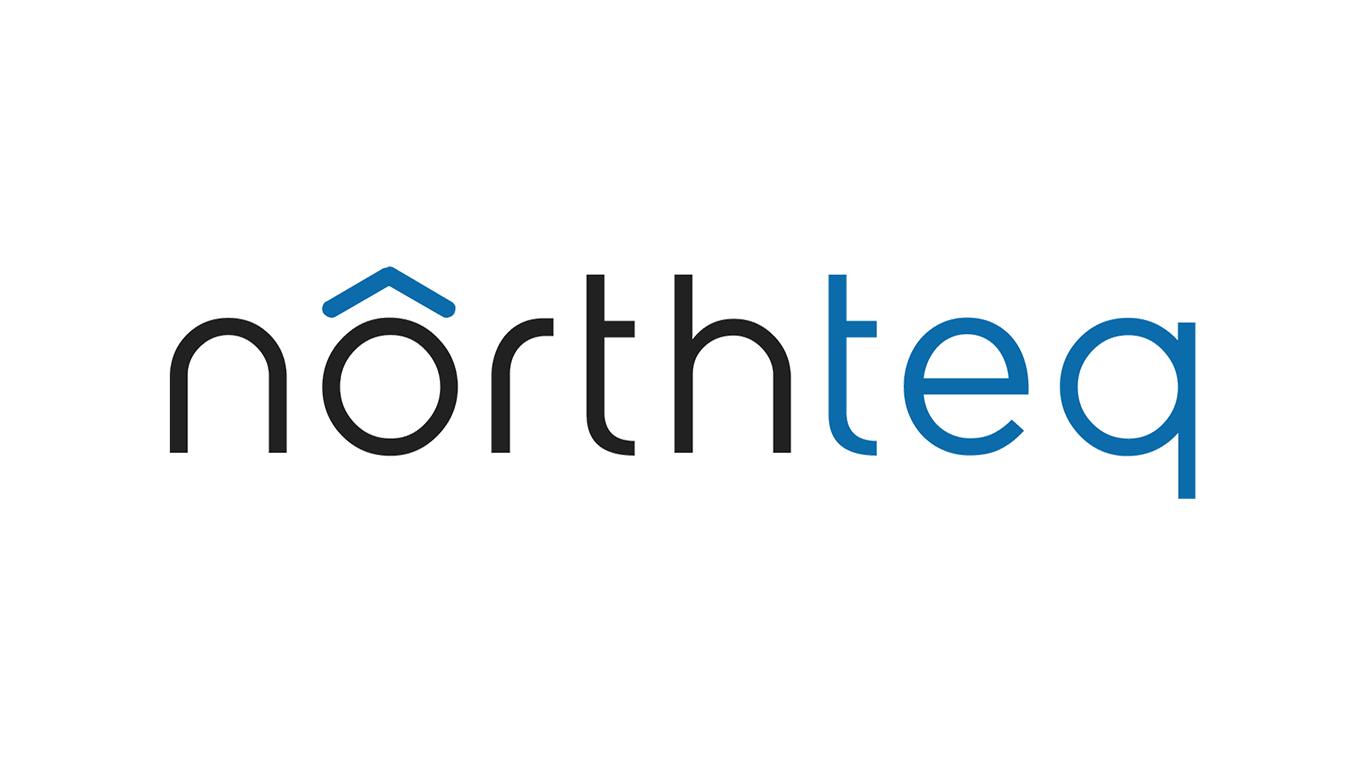
Northteq, Inc., a leading provider of Salesforce loan origination solutions, announced that its new commercial lending disclosure application, Disclosure Direct for Salesforce, is now available for commercial and equipment finance lenders.
Beginning December 9th, commercial lenders doing business in California will be required to send out commercial lending disclosures to their customers. Disclosure Direct works as an extension of lenders’ existing Salesforce workflows, while accelerating the launch and simplifying the implementation of a brand-new regulatory compliance process.
Powered and built within Salesforce, Disclosure Direct was designed for lenders doing business in states that recently enacted laws surrounding the content and delivery of commercial lending disclosures. Utilizing lenders’ existing Salesforce workflows as the backbone of the entire process allows for effortless, automated disclosure document generation and empowers teams with the tools to easily adopt the process in their day-to-day tasks.
California’s updated commercial disclosure laws call for closer alignment with traditional financial disclosures received by consumers. With many states planning to enact legislation to match the benchmark set by California, and as additional states’ pending regulatory laws take effect, Northteq is prepared to add additional functionality and coverage to Disclosure Direct.
“When we heard about the complexity surrounding the new lending disclosure requirements, we knew we needed to react quickly. Northteq’s ability to pivot with our customers’ priorities has always been one of our greatest strengths. Our agility allowed us to assemble a team and rapidly create a Salesforce-integrated solution for a problem faced by so many lenders,” said Kristian Dolan, founder and chief executive officer at Northteq. “We were able to quickly bring this app to life and are excited to add it to our lineup of over 25 Salesforce loan origination solutions.”
Regardless of where the lender is located, lenders will be required to send new disclosure documents to customers in California starting December 9th. Commercial and equipment finance companies should consider how credit, compliance, and legal workflows may need to be adjusted to accommodate the new regulations. The law not only affects lenders directly, but the partners, vendors, and brokers they work with. If unable to comply in time, lenders may need to exit certain markets to ensure they won’t face regulatory penalties.
With an innovative and intuitive interface, Disclosure Direct’s self-service framework makes it simple to customize templates, configure logic, and dynamically define labels, descriptions, and other values. All while building a robust, compliant, and automated disclosure process. Pre-built integrations with document generation tools like Nintex, remove the guesswork surrounding compliant and error-free documents.
Disclosure Direct eliminates uncertainty from the equation and makes the implementation of this vital compliance process streamlined and efficient, leaving lenders free to focus on what matters most – scaling their business while offering an engaging and exceptional loan origination experience to their customers and employees. With the addition of this industry-relevant Salesforce solution, Northteq is proud to continue its commitment to help lenders simplify and redefine the loan origination process.
Related News
- 04:00 am

Veem, an accounts receivable (AR) and accounts payable (AP) network for small and medium-sized businesses (SMBs), today announced a partnership with Finastra, a global provider of financial services software applications and marketplaces, to offer business payments via native integration with Finastra's Fusion Digital Banking Platform.
Veem's partnership with Finastra enables banks and other financial institutions to offer innovative payment services for SMBs leveraging automated electronic invoicing and bill-pay capabilities. This partnership also streamlines the accounts payable and accounts receivable processes through digitization, resulting in increased efficiencies such as time savings while improving operational performance.
Veem's AP and AR services may be accessed directly through Finastra's Fusion Digital Banking, where users can navigate seamlessly to Veem's payments network and perform their transactions.
"As the world continues to digitize and innovate like never before, it is critical that businesses have the tools they need to be efficient and react quickly to the needs of their customers," said Narendra Mistry, Chief Product Officer, Universal Banking at Finastra. "We're pleased to work with Veem to make it easier for banks to offer enhanced AP and AR services for their customers through Fusion Digital Banking."
"Financial institutions are looking for ways to help their SMB clients digitize invoicing and bill pay processes," said Marwan Forzley, CEO of Veem. "At Veem, we create digital solutions that make it really easy for SMBs to pay and get paid, both domestically and internationally."
Related News

Ralph Chammah
CEO at OwlGaze
The global financial crisis of 2008-09 resulted in the development of the Bitcoin whitepaper which introduced the world to the idea of blockchain technology a see more
- 03:00 am
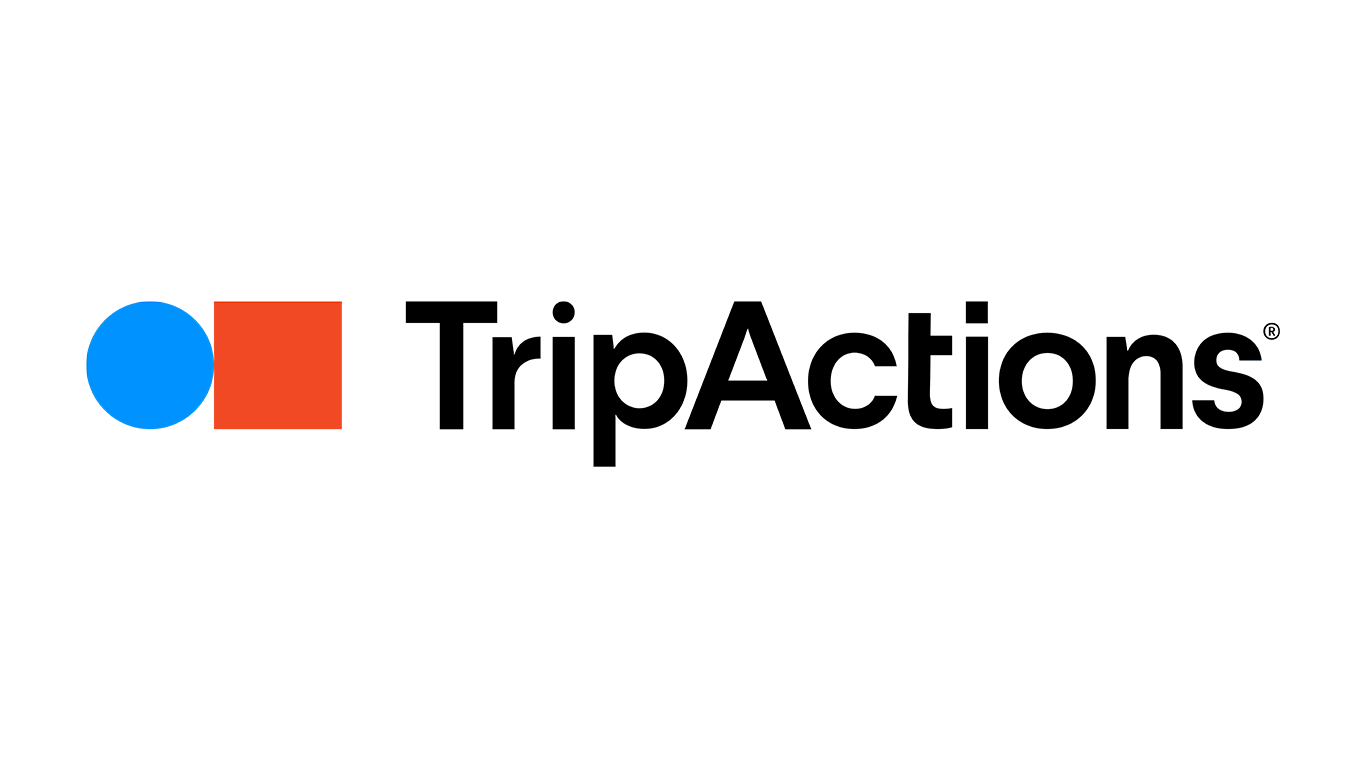
TripActions, the all-in-one travel, corporate card, and expense management solution, today announced that it secured $400M in credit facilities, consisting of a warehouse debt facility from Goldman Sachs Bank USA, as the senior lender and administrative agent, with a $200M commitment ($300M total Program Limit) and an asset-backed lending facility of $100M led by Silicon Valley Bank. The credit facilities will be used to accelerate the expansion of TripActions’ customer base.
The announcement comes on the heels of TripActions’ recent Series G up-round, which valued the company at $9.2B, and the company’s fourth Europe-based acquisition in 18 months. The warehouse facility will enable the continued growth of TripActions’ innovative, award-winning corporate card and expense management solution, TripActions Liquid, as companies look to increase real-time visibility, control, and savings.
“TripActions Liquid is the expense solution for companies that need to balance savings with proactive control in a complex macroeconomic environment,” says EVP Michael Sindicich, Head of TripActions Liquid. “With this new warehouse facility from Goldman Sachs, TripActions Liquid is well positioned to support its customers while continuing to innovate at a rapid pace.”
In Q3 FY23, TripActions Liquid recorded more than 5x year-over-year spend volume from leading customers across multiple verticals and segments, including Stripe, Zoom, Canva, Carta, Toast, Lyft, Notion, Databricks, and VaynerMedia.
“When we started looking into other solutions, we scoped Expensify and Ramp but we loved that TripActions is a one-stop-shop for travel and expense management and offers a corporate card. There is a lot of appeal in having one place for employees to go,” says Connie Ngyuen, Senior Manager of Finance at Loom. “Now, we want everyone to have a Liquid card and to use it as their default payment method.”
In November of 2022, TripActions was named to the Inc. Power Partner Awards, a list of the best B2B companies, for both the financial services and travel categories. In April of 2002, TripActions was named to the Forbes Fintech 50 for its fintech-powered expense solution. That technology is why TripActions is consistently ranked No. 1 in satisfaction for expense, travel and expense, travel, and enterprise travel management software in G2’s Best of Software Grid.
“TripActions is leading the way in transforming business travel and spend management with its innovative model and solutions,” said Bob Blee, Head of U.S. Technology Corporate Banking at Silicon Valley Bank. “We are excited to continue to work with TripActions and provide them with financing solutions and advisory expertise to help them succeed and scale. Their continued growth is a testament to the strength of their platform and the value they bring to their customers.”
Related News
- 04:00 am
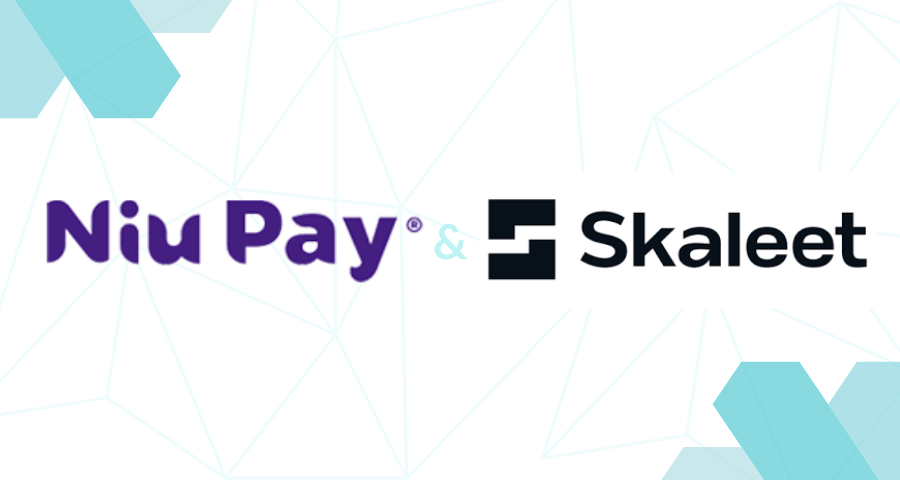
NiuPay, the first Polynesian payment institution approved by the Banque de France, has chosen Skaleet's new-generation Core Banking Platform (CBP) to provide local populations with limited banking access to digital, simplified, and secure financial services.
NiuPay provides Polynesians with an account, a payment card, a mobile payment system, and all of the functions required to conduct their business in a single secure and enjoyable application. The goal is to manage one's money completely autonomously by receiving real-time transfers and payments.
Furthermore, the establishment provides an International Mastercard that is linked to the NiuPay account. This card can be used to make purchases in stores or to withdraw money from ATMs in French Polynesia and elsewhere. Finally, through a QR code, NiuPay customers can pay for their purchases with their Smartphone, while maintaining an overview of their expenses.
In a territory the size of Europe, French Polynesia consists of 120 islands, 79 of which are inhabited. It benefits from favorable conditions for the development of increasingly accessible technological solutions, with more than 84 % of Polynesians owning a smartphone and good network coverage. On the other hand, for its inhabitants, the dispersion of this territory poses a barrier to the deployment of banking services: double isolation (middle of the Pacific and geographical dispersion of the islands), high reliance on cash, the gradual disappearance of the cheque, lengthy administrative procedures for opening bank accounts, and a weak network of traditional bank branches.
Skaleet and NiuPay have a multifaceted partnership. It means easy access to an open and modular solution that is easily configurable for the Polynesian payment institution. In addition to being simple to use, the Skaleet solution allows for the secure management of large volumes of customers while working with small back-office teams.
A major goal was to ensure the financial and economic inclusion of the most vulnerable or isolated populations; this could only be realized by relying on a solution based on simplicity, agility, instantaneity, and traceability of operations, ensuring the security of customers' assent. sets. These requirements, formulated by NiuPay teams, have been fully taken into account.
" French Polynesia is an ideal innovation laboratory for developing technologies tailored to our needs. We are delighted to contribute to our region's financial inclusion through a concrete and equitable island solution that reduces disparities among local populations and, finally, allows us to serve the payment needs of all Polynesians who continue to face difficulties in accessing daily financial services. " - Fabrice Luciano - Managing Director of NiuPay.
" It is important for us to partner with financial institutions that share our vision and ambition to innovate and adapt to change. We are delighted to contribute at our level to the development of a future-oriented solution that contributes to Polynesians' financial inclusion through this technological partnership with NiuPay. " - Hervé Manceron - CEO and co-founder of Skaleet.
Related News
- 08:00 am
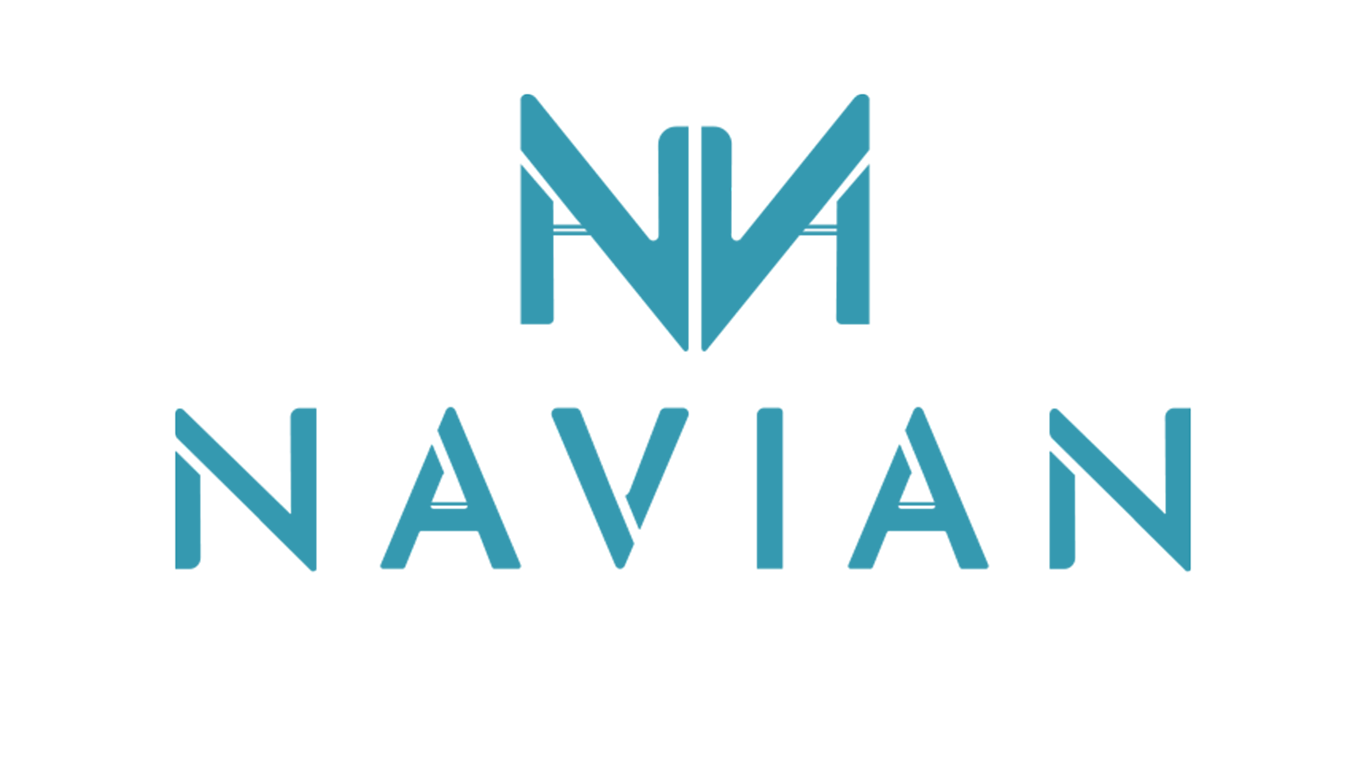
Navian announced the launch of its new digital solution for development finance in the UK market today. Collaborating with over 70 lenders, Proverest Finance is specially designed to help small to medium-sized property developers access and secure effective funds for their projects.
Proverest Finance offers a one-stop digital marketplace for finance development - allowing property developers to find, compare and apply for funding from over 70 lenders across the UK. The application is designed to save time and hassle and provides a transparent way to find the best finance solution for each project. For lenders, Proverest Finance provides a transparent and efficient way to connect with property developers and win new businesses.
"The UK is a world-leading market for finance, and we are excited to be able to offer our innovative platform to property developers here," said Navian's CEO, Sergey Kazachenko. "We believe that Proverest Finance will revolutionise how finance is accessed and help more SME property developers to grow and succeed."
"Our goal is to make it easy for property developers to find the right financing for their projects, and we are confident that our solution will help them save time and give them access to finance with better conditions", said Christopher May, Head of UK for Navian.
Proverest Finance has currently only launched in the UK market. Navian will soon launch the application in Sweden, with other European markets to follow.
Related News
- 03:00 am

Teslar Software, provider of lending process automation tools for community financial institutions, today shared commentary on what most significantly impacted the lending landscape in 2022 as well as the primary trends for community institutions to watch for in 2023.
More community banks will embrace indirect lending to diversify portfolios and keep business local.
Community institutions will need to diversify their portfolios and offer new services to businesses as rising rates continue to make lending more competitive. While the lending landscape is inordinately crowded for both commercial and small-dollar loans, there’s still a notable need for more accessible, responsible financing options for medium-sized purchases. To fill this gap and create a new revenue stream, community banks should break into this untapped market of indirect lending.
Most banks, when they hear indirect lending, think of the auto industry. However, local small businesses are offering their customers financing for purchases like farm equipment, pools and spas, jewelry stores, powersports, HVAC and more through large banks at high rates. Community banks have an opportunity to become immersed in this market by partnering with local businesses for indirect lending, which can drive more business back to the bank and keep funds local within the community.
Cost-effectiveness has been a concern for community institutions when it comes to indirect lending offerings. Fortunately, there is now technology available to simplify and streamline this process. Local institutions can offer better rates to their small business customers, funds stay local and banks generate new business with minimal lift to their team.
Banks will face pressure to provide a digital experience that rivals branch interactions.
Being able to provide a personalized touch has always been a differentiator for community banks, who are now being challenged to make sure their digital offerings reflect that same level of personalization offered in the branch. To retain loyalty next year and beyond, community banks must prioritize a digital experience that is as strong as their in-person offerings.
This should be an even higher priority for commercial customers and their lending experience. Customers expect the ability to seamlessly manage their loans via digital channels in a way that still reflects their loan officers know them and understand their needs. This doesn’t mean things like automated emails on customers’ birthdays, but rather utilizing functionality like real-time status updates on loans, secure document upload portals and automated reminders for employees.
Operating with less staff will cause banks to rely more heavily on technology.
Between national talent shortages and seasoned bank professionals continuing to retire en masse, community institutions are struggling to maintain operations. Employee longevity has also seen a decline; people are job hopping more frequently, causing knowledge transfer gaps. This problem is often exacerbated in rural communities, which typically have a smaller talent pool than major cities.
Many banks are more widely embracing technology to mitigate resource restraints, helping them accomplish more with the employees they have. Digitizing processes and automating workflows can optimize efficiencies and save significant time. Technology can also help ensure new hires get up to speed faster, including getting to know the banks’ customers. Tools like sophisticated CRM systems and digital communication options can help bridge this gap more quickly and effectively. Plus, leveraging modern technology and automation allows employees to spend more time talking to and deepening relationships with customers, and less time on tedious, manual processes.
“To succeed in 2023, community institutions must be nimble, tech-forward and embrace change,” said Joe Ehrhardt, CEO and founder of Teslar Software. “Modern technology has the power to enhance, not replace, human relationships, allowing employees to spend more time on the activities and conversations that matter most. We’re confident that despite any upcoming challenges next year, community banks will continue to step up to serve their local communities – it's what they do best.”
Related News

Anastasia Demetriou
General Counsel & Company Secretary at IFX Payments
Big Tech companies have extensive data, power and influence at their fingertips, that as they enter the finance space – it begs the question, are the regulators ready f see more









